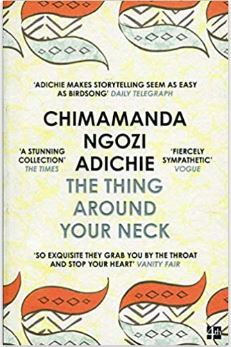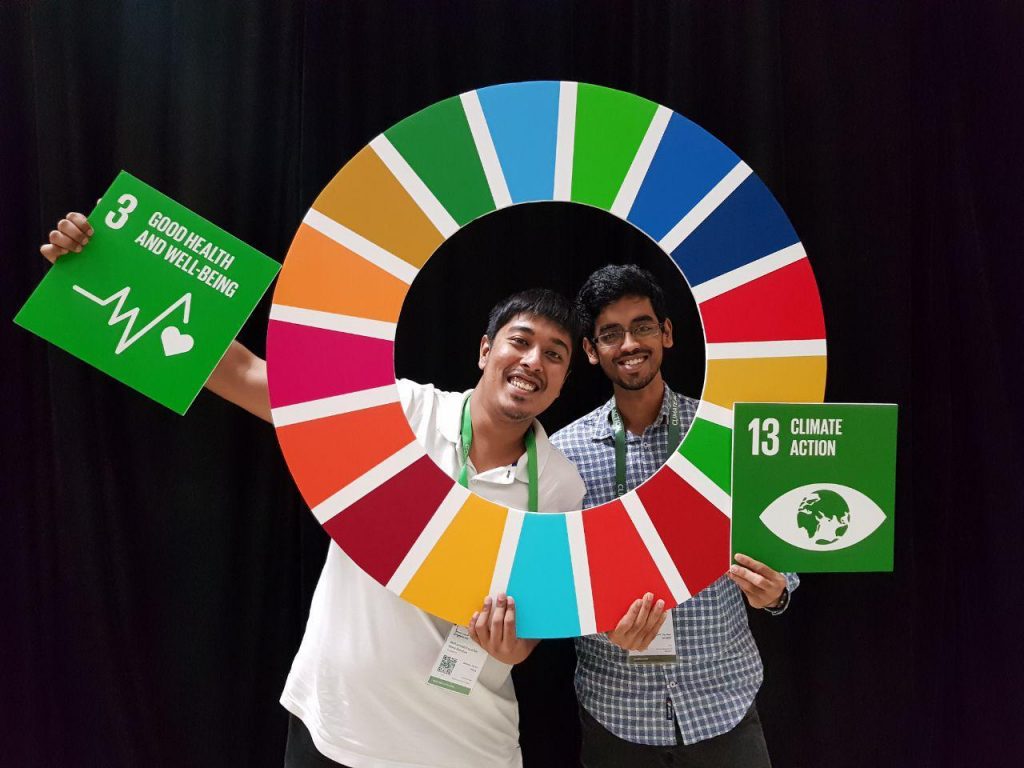By Professor Tommy Koh and Dr Yeo Lay Hwee: Asean and EU
The United Nations (UN) marks its 75th anniversary this year with a mixed record of achievements and failures. One of the less known success stories is the link between the UN and regional organisations.
Article 52 of the UN Charter refers, with approval, to regional arrangements, which support the purposes and principles of the UN. Asean and the European Union are two regional organisations which readily come to mind – both support the objectives of the UN by maintaining peace in their respective regions, by preventing armed conflict, by empowering their citizens and by raising the standards of living of their peoples.
Asean is the most successful regional organisation in Asia. The European Union is the most successful regional organisation in Europe, perhaps, in the world.
And yet, despite the many ties that bind these two institutions, the relationship between them is little known to the public.
Singapore is currently the Asean coordinator of the Asean-EU relationship. Given the paucity of literature on the subject, we have decided to edit a new book, entitled, Asean and EU: The Untold Story, which will be launched tomorrow (15 Oct). One of the unique features of the book is that all its writers are from Asean, comprising diplomats, journalists and analysts from universities and think tanks.
In this essay, we wish to share 10 little known facts about that relationship, the many facets of which are amplified in the book.
1 The similarities
The biggest similarity between Asean and EU is that they are dedicated to maintaining peace in their respective regions. The EU was awarded the Nobel Peace Prize in 2012. We hope that one day Asean will also receive the Nobel Peace Prize for keeping the peace in Southeast Asia.
Another similarity is integrating the economies of its member states into a single market. The purpose of integration is to enhance the welfare of their people and to have stronger negotiating power. The European single market has over 450 million consumers. The Asean economic community has over 650 million consumers.
2 The differences
The biggest difference between them is that Asean is an inter-governmental organisation and the EU is a supranational organisation.
In the case of the EU, its member states have pooled their sovereignty in certain areas, such as trade and environment. They have institutions such as a Parliament, a Court, a single currency and a foreign service which Asean does not have. The Asean Secretariat, with fewer than 400 staff, is tiny compared to the European Commission with more than 23,000 personnel. Asean’s annual budget of about US$20 million is miniscule compared to that of the EU Commission, with a budget of about US$180 billion.
3 Dialogue Partners
The EU is one of Asean’s oldest dialogue partners. They entered a relationship in 1972. This relationship was formalised in 1977. With the signing of the Asean-EC Cooperation Agreement in 1980, the relationship has grown to encompass cooperation in many fields, including economics, development, political and security dialogue.
The two sides have agreed, in principle, to become “strategic partners”.
4 Investments
Asean’s largest foreign investor is not the US, China or Japan. It is the EU. In 2017, the EU held an investment stock of 337 billion euros or US$398 billion in the region. EU’s companies have been investing approximately 15 billion euros or US$17.7 billion in Asean, annually, since 2004.
5 Trade
Trade is booming between Asean and the EU. The EU is Asean’s second biggest trading partner, after China. Asean is the EU’s third largest non-European trading partner, after the US and China. In 2018, the total trade between the EU and Asean exceeded 237 billion euros or US$280 billion. The EU has successfully concluded FTAs with two Asean members, Singapore and Vietnam, which are in force.
6. Development aid
The EU and its member states are the world’s largest donor of development aid to the developing countries. In 2019, the collective Official Development Assistance (ODA) from the EU and its member states amounted to 75.2 billion euros or US$89 billion, representing more than 55% of total global aid.
They are also the largest donor of aid to ASEAN. The less developed members of ASEAN, such as Cambodia, Laos, Myanmar and Vietnam, still need the help of ODA in their development. To fight COVID-19 and to mitigate its social and economic impact, the EU has pledged to donate 800 million euros or US$946 million to help Asean.
7. Free Trade Agreement
In 2017, Asean and EU agreed to re-launch negotiations for an ASEAN-EU Free Trade Agreement. An FTA between them will create a combined market of more than a billion consumers and would be warmly welcomed by the business communities of the two regions.
To be sure, there are difficult issues in such a negotiation. But, with political goodwill, every difficulty has a solution. Without goodwill, every solution has a difficulty.
8. Open Skies
Asean and EU are negotiating an ASEAN-EU Comprehensive Air Transport Agreement. The ambition is to conclude an open skies agreement between the two regions. This would be a boom to our travellers. It would also help the aviation industry which has been devastated by COVID-19 and the restrictions on travel. We should expedite the negotiations to conclude this important agreement to give a much-needed boost to our aviation and travel industries.
9. Human Rights
There are, of course, some issues on which Asean and EU have different perspectives. One such issue is over the plight of the Rohingyas in Myanmar. Due to the Asean principle of non-interference in the internal affairs of other states, Asean can only offer humanitarian assistance to the Rohingya refugees but cannot confront Myanmar on the root cause of the problem.
The EU has no such constraint. It has often used trade and development assistance as an instrument to put pressure on countries to improve its human rights record. Asean believes in engagement and does not believe in using sanctions. The EU is prepared to use sanctions when engagement fails to bring about the desired outcome.
10. Common values and interests
Asean and EU share many common interests. They champion open economies, free trade and regional economic integration. They support the rule of law and the rules-based international order. They prefer multilateralism to unilateralism. They should therefore work together in areas such as climate change, digital economy, smart cities, cyber security, equitable access to vaccines, public health and pandemics preparedness.
In the 2020 ISEAS-Yusof Ishak Institute’s survey on the State of Southeast Asia, the EU was ASEAN’s second most trusted partner, after Japan. There is therefore much goodwill in Asean towards the EU. The EU should take advantage of this happy position to raise the game with Asean.
Looking Ahead
Given the many areas where Asean and EU share a common vision and the pressing issues of our times, we urge both parties to be more ambitious. They should not be content with what they have already achieved. They should negotiate and conclude expeditiously the Asean-EU Free Trade Agreement and the ASEAN-EU Comprehensive Air Transport Agreement. The conclusion of those agreements will bring new energy to the relationship.
Looking ahead, the two sides should step up cooperation on both old and new issues. These include fighting against COVID-19 vaccine nationalism, preventing the future occurrence of pandemics and threats to public health, promoting the growth of the digital economy and smart cities and reinforcing cybersecurity.
Finally, it is important for the leaders of Asean and EU to close ranks and stand united against protectionism, isolationism and unilateralism. They should also champion free trade, regional integration and multilateralism. By doing so, they would continue living up to their mission of fostering the UN objectives of maintaining peace and safeguarding the welfare of their peoples.



